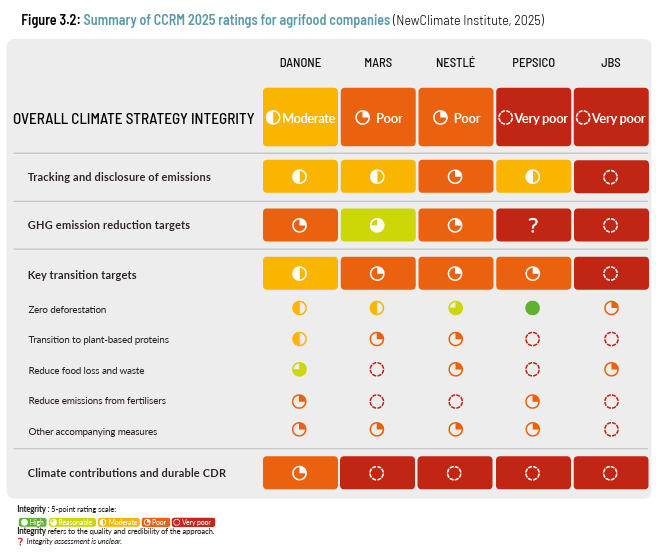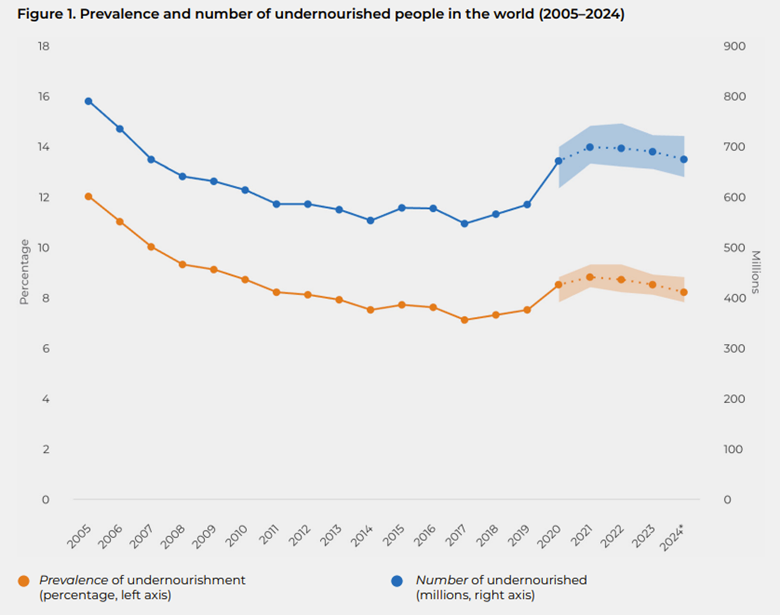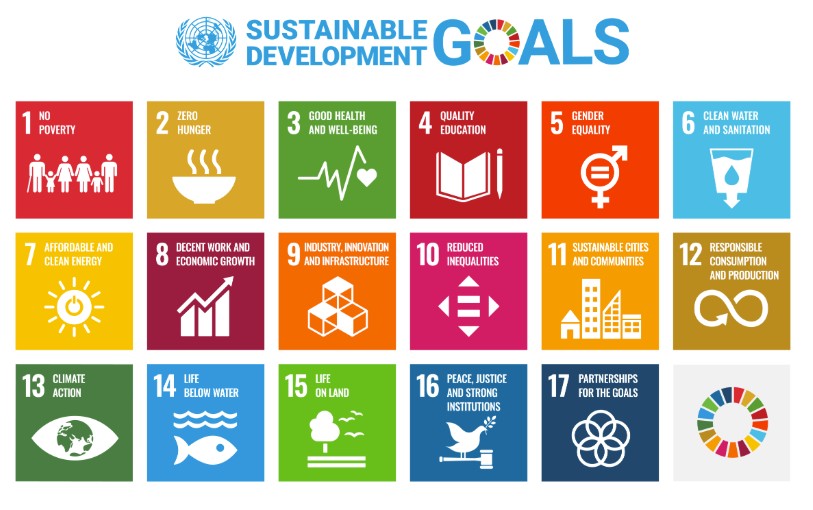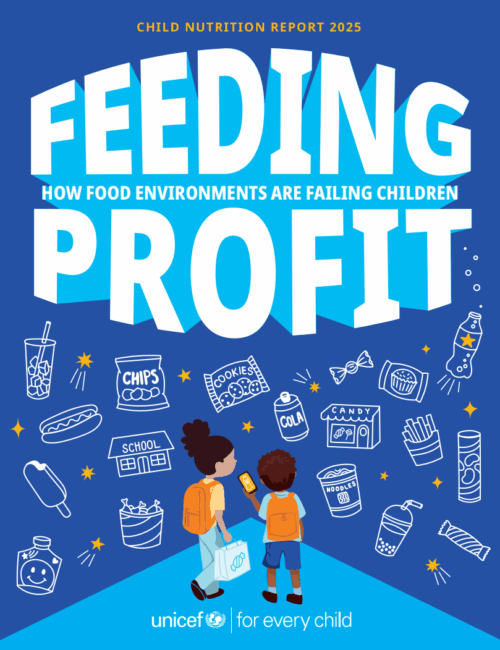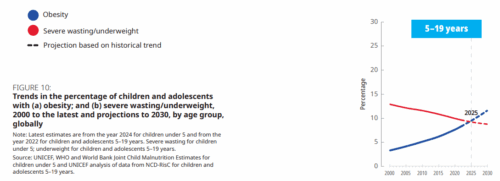Trump administration tries to get rid of NHANES (it may yet succeed)
The Trump Administration, in its efforts to downsize government, has once again picked on a little known agency that produces data essential for food system analysis and the kind of work I do. So I take this personally.
In Trump I, it took care of the USDA’s Economic Research Service, which shows few signs of recovering from staff losses.
This time, it’s the CDC’s National Center for Health Statistics, which among other things, runs the National Health and Nutrition Examination Survey.
Stat News reported that the CDC team running top survey on health and nutrition is laid off.
Oops. A mistake, apparently.
As Civil Eats explained the head-spinning events,
On Oct. 10, the administration sent out reduction in force (RIF) notices to seven agencies, including the Department of Health and Human Services. This initially included 1,300 employees from the Centers for Disease Control and Prevention (CDC) who direct the National Health and Nutrition Examination Survey (NHANES).
By the next day, 600 of those employees were reinstated, STAT News reported. However, 100 NHANES planners who work at the National Center for Health and Statistics were still included in the RIFs. That is until Wednesday, when a federal judge issued an order temporarily blocking those layoffs and future RIFs issued during the shutdown.
It’s hard to know where to begin.
As ConscienHealth put it, Data? Who Needs Data?
After all, NHANES merely collects ongoing national data about dietary intake and health and forms the basis of what we know about trends in dietary patterns, disease risk, and obesity, among many other things.
It’s not perfect—no nutrition survey can be—but the people who run it try to do the best they can to survey a nationally representative sample, interview that sample in person, and cross check to make sure responses are as accurate as possible.
We need this information as a basic for public health policy.
The Center for Science in the Public Interest issued a statement.
It should go without saying that if you want to make Americans healthier, you have to have a basic understanding of what they actually eat and how their health is changing over time….The importance of NHANES for monitoring population health through direct and objective measurements cannot be overstated. Not only is NHANES used in the Dietary Guidelines Advisory Committee’s analyses…it is also used in developing the Dietary Reference Intakes which set nutrient recommendations for individuals in the U.S. and Canada. NHANES data has also been used to track the rates of certain health conditions and to provide population reference statistics.
Despite mouthing encouraging words about tackling chronic, diet-related disease, this administration’s actions almost always put real solutions further out of reach. The firing of the NHANES staff is another example, and an indication that the administration would rather push its political agenda than collect the data necessary to address the very real problems it has identified.
This is yet another example of Health and Human Services’ undermining its own agenda. If you don’t measure it, you can ignore it.
- Hence, let’s end collecting data on food insecurity.
- Hence, let’s end collecting data on diet and disease.

